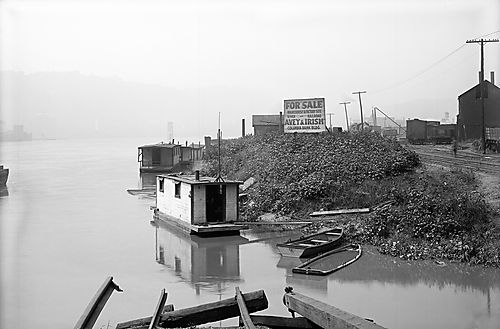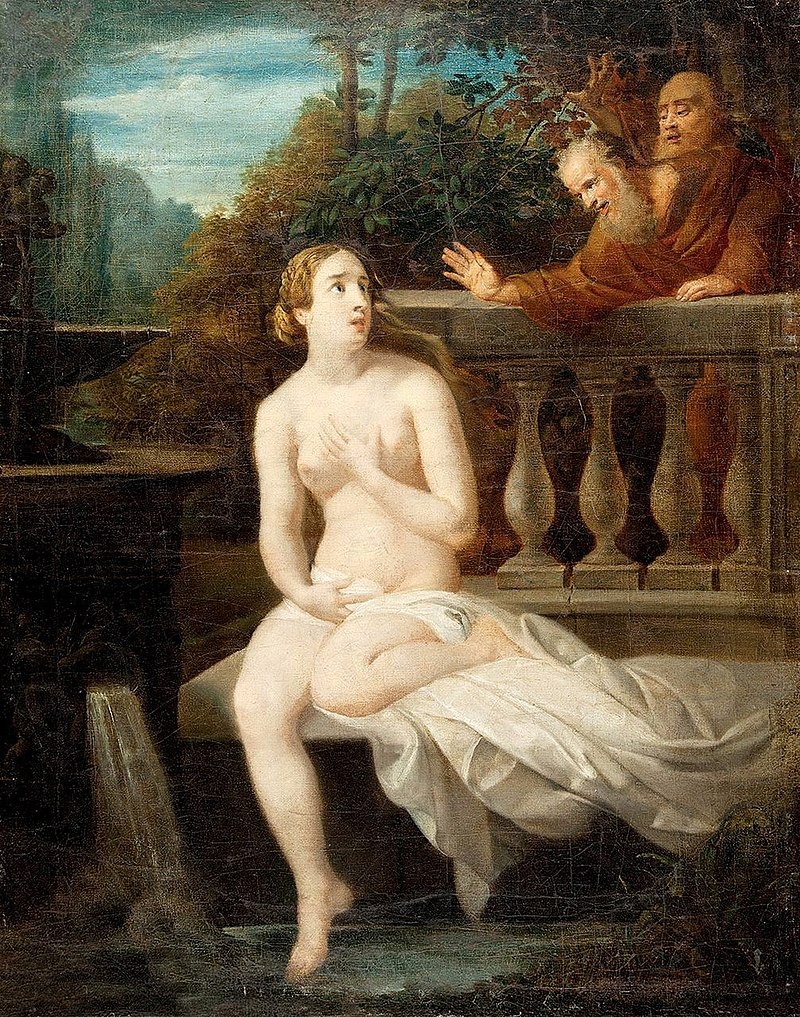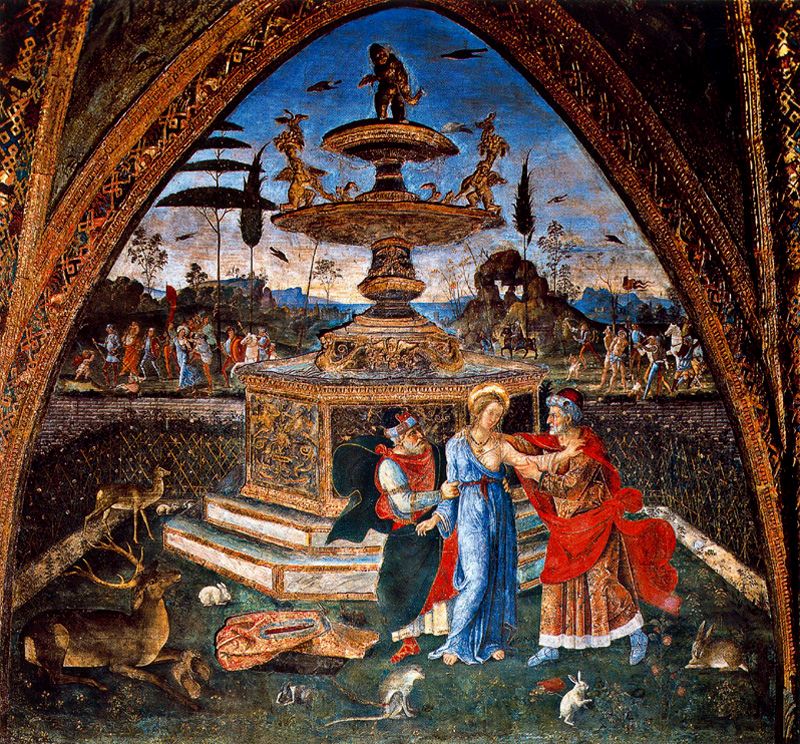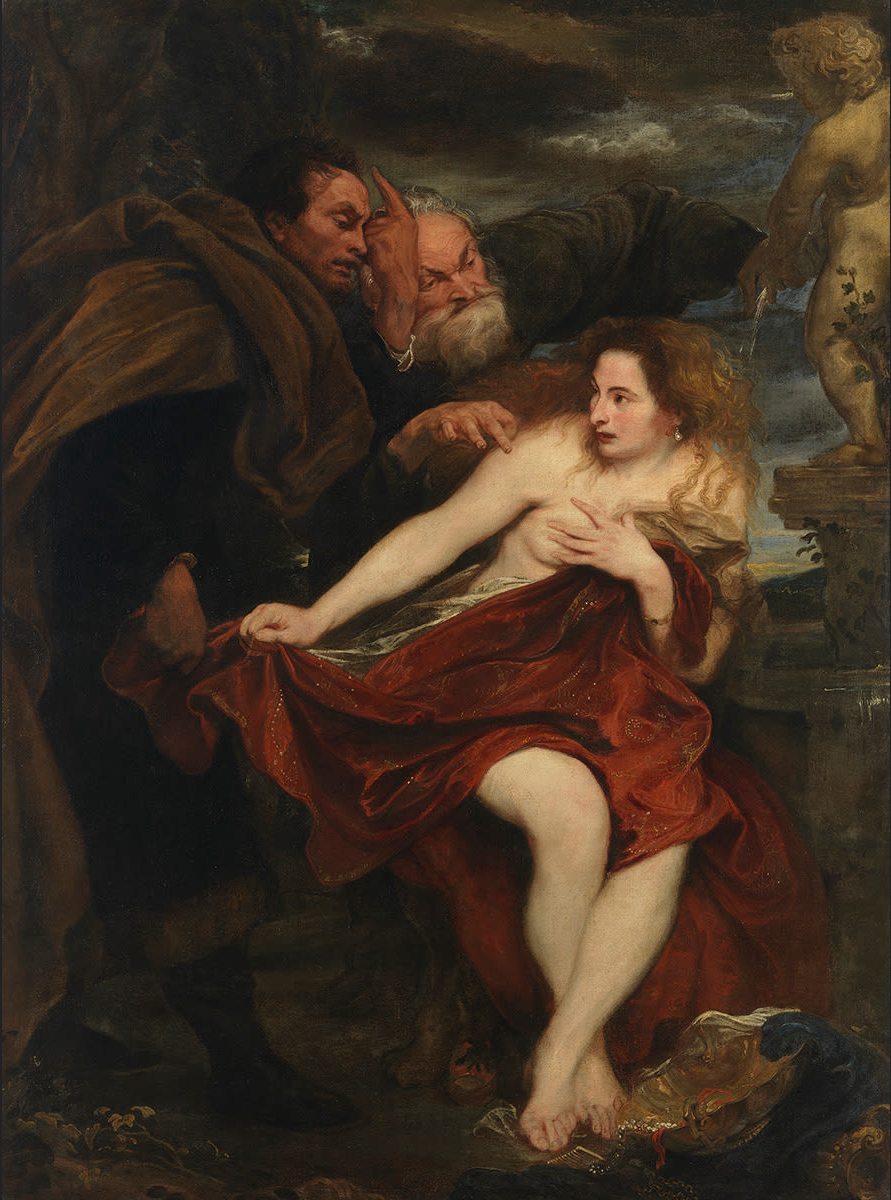 |
Allegheny River houseboat, 1905
Pittsburgh City Photographer Collection, Historic Pittsburgh Image Collection |
Many people only ever set foot on boats for recreational purposes, so they imagine houseboat life to be a floating idyll of pleasure and uninterrupted delight.
That was probably the case for Pittsburgh’s Gilded Age floating swells. For example, Mrs. Daniel A. Stewart of Ridge Avenue in Allegheny City was described by a local paper in 1895 as the first Pittsburgher to have adopted seasonal houseboat living, which was then “…so much the style for outing seasons in England that we have to take cognizance of them in this country if we would be at all up to the latest.” Mind you, Mrs. Stewart wasn’t floating on the Mon, Allegheny or Ohio in her little “bijou concern.” William E. Leard of Sewickley was the first recognized houseboat resident on the Ohio in 1897, trolling its waters during the summer months in a $10,000 stern wheeler that could fit 10 people comfortably.
 |
| "Mr. Leard's Handsome Houseboat" Photo with typo from article in Pittsburg Daily Post, 8 August 1897 |
Mr. Leard was probably quite proud of the "handsome houseboat" that allowed him to drift in style on the rivers. He wouldn't have been alone on the waters, for there were plenty of other Pittsburghers who called the rivers home year-round. But for the vast majority of his floating neighbors, living on the water was a matter of necessity, not style. No $10,000 water crafts for those folks: they lived in what were then called "shanty boats" or "jo-boats".
If you come down to the river, bet you gonna find some people who live
Throughout the 1800s and well into the 1940s, people could be found living on houseboats along waterways in and between this nation's industrial cities.
One acquired one's floating dwelling by any means available. There were houseboats for sale, and even sometimes listed in the want ads. But the enterprising river citizen was as likely to scavenge, commandeer and spruce up an abandoned barge as he was to lay out cash for a “new” vessel.
 |
| Ad in Pittsburgh Press, 16 July 1895 |
While houseboating life might seem the stuff of a Twain novel set on the Mississippi, Pittsburgh's three rivers were home to countless shanty boats which captured other authorial imaginations. A children’s adventure book written in 1891,
The Jo-Boat Boys, described an Irish family making do in their floating home on the Mon. The family home was situated between the Smithfield and Point bridges:
Maybe you never happened to see a house from the back window of which you could go fishing, or where the bucket had only to be dropped down from the porch and water hauled up to wash or scrub with, and where the front yard never needed sweeping, and no expense was needed for a cellar-wall….Mrs. Brigid Muldooney washes for a living….She tried renting for a while, but the rent had a provoking way of coming due at the beginning of each month, whether there was anything in the treasury to pay it with or not; so she concluded to save money and the wear and tear on a washtub and clothesline to move into a shanty-boat. She and the boys found one in a cove in the river below the island, that had been upset and carried away with the driftwood. It was high and dry, and a little nailing and caulking soon made it good as new, and the boys towed it back from its suburban site to more citified surroundings and tied it up…The bottom of the boat was just a small flat or scow, on top of which had been built a flat-roofed shanty. There was one room, with a porch, “stem” and “stern.” In this six-by-nine room the Muldooney family of five crowded….
 |
Houseboat along Ohio River in Rochester, PA, 1940
Library of Congress Prints and Photographs |
Hinged shelves dropped down to make beds, which propped up by sticks did double-duty as tables for the fictional Muldooney family on the Mon. A couple of crates served as chairs. Fiction this might have been, but it was based on reality.
 |
Pittsburgh houseboat, location unidentified, 1912
Pittsburgh City Photographer Collection, Historic Pittsburgh Image Collection |
Described thusly in a newspaper article in 1923: “…many of Pittsburgh’s houseboat residents are reputable folk, including veteran rivermen with a deep affection for the river.” Not every shanty boater was a fine upstanding citizen, however. Others lived like this:
...a haphazard existence by utilizing other people’s property in building houseboats to sell. Lumber piles and unguarded scrap piles are their hunting ground, and from these they might carry away boards, pieces of lead, rope, or anything that might come in handy in the construction of a houseboat. Sometimes these questionable shipwrights might turn out two or three houseboats in a summer….selling them for whatever they can get.
 |
Houseboats on the Allegheny River near where Three Rivers Stadium was later built
The Allegheny Story by William M. Rimmel
|
Haphazard river existences outnumbered "reputable folk" in literature of the day, which romanticized shanty boat life as exotic and outside prevailing social norms. A 1911 short story published in
Collier's weekly magazine placed its bank-embezzling protagonist on the lam on a jo-boat acquired in Pittsburgh. This excerpt paints a vivid picture of life along Pittsburgh's shanty boat shores:
 |
Illustration from "Nemesis in Good Humor"
Collier's, Vol. 48, 1911 |
Copron Colphete entered Pittsburgh and emerged on the far side, a little sooty, but jaunty and smiling... At the Monongahela wharf, he upended the suit case...took out a second-hand briar wood, tucked some long-cut into it, and began to smoke.
The river looked good. It was boiling under an unexpected September rise. On the far side, a coal fleet was nudging out into the current, bound for New Orleans. Some dirty little gasoline launches were tearing up the glassy surface, and there was a pile driver being nosed upstream. Downstream a ways were some very beautiful gasoline launches moored in artificial harbor by a floating clubhouse, and upstream were some little house-boats, but he did not call them house-boats. He knew what they were in fact; they were shanty boats.
Shanty boats! It is a magic term. Of ten thousand absconding bank cashiers, only one had ever dreamed of shanty boats -- and that one now gazed fondly at the consummation of his dreams. There they were, some reddish brown, some blackish white, some bluish gray, and some just plain tar-paper shacks on driftwood scows... With fond gaze he viewed the Pittsburgh shanty boat town, which no humorous, poetic absconding bank cashier had ever seen before.
After a time, he sauntered up to the floating village, and again sat down on his suit case, close at hand...
"Say, you wanter buy a shanty bo't?" a voice rumbled at his elbow.
"Why, I ain't so overly anxious!" Colphete answered, though his heart thumped with exultation.
"That red shanty there's mine--pine bottom, hemlock stringers, oak carlins, an' matched spruce sidin' -- tight an' sound. Hit's a good bo't! I'd sell hit for a hundred!"
"Them bow-lines is rotten." Copron nodded judiciously.
"She's got a new stove'n cupboard, and them's the best oars on a shanty boat in the Ohier river!"
"Um-m. I'll give ye seventy for hit."
"Now, say, old feller, I cayn't sell hit for no seventy! You gin me eighty for hit--"
"No! I'll split the difference, though -- seventy-five?"
"Well, all right--you see, I gotter job for the winter. I 'lowed to winter down in Memphis."
As they bargained, they looked at cabin and hold, bow and stern, cupboard and iron bed. The owner sold it all to the buyer, and when Colphete had the boat in possession, he cast off and floated out into the river, down past Pittsburgh Point, into the Ohio and away.
There you have it, hard bargaining on the Monongahela wharf with a 1911 approximation of a Yinzer accent. (Spoiler: Even with a name like Copron Colphete, our hero makes out all right in the end).
In real life, there were shanty boat shenanigans a'plenty. As this 1907 newspaper article illustrates, one could keep a
"disorderly house" whether it rested on land or water:
 |
| Pittsburgh Press, 23 September 1907 |
Hard living was generally the rule in jo-boat neighborhoods, which were frequently mentioned in connection with the exploits of downtrodden souls and the criminal element. You had your whiskey-thieving family hide-out:
 |
| Pittsburgh Daily Post, 29 March 1880 |
And squabbles over boat ownership that usually didn't end well:
 |
| Pittsburgh Commercial Gazette, 9 April 1883 |
Impoverished women and children on the rivers barely managed to survive:
 |
| Pittsburgh Daily Post, 24 March 1884 |
 |
| Christmas Eve despair, Pittsburgh Daily Post, 25 December 1884 |
And passions were inflamed over love and politics, on water as on land. In the first instance referenced below, a bride was held for court after a drunken stabbing spree at her own wedding
"over the question of relationship." She managed to give her new husband an eight inch slash across his abdomen, and
"amputated a thumb from a young man named Simon." In the second story below, politics became lethal in the Allegheny "Boat Town" neighborhood when two men violently disagreed about the presidential prospects of
Governor Grover Cleveland of New York. That Cleveland won the election was likely of cold comfort to the family of the dead jo-boat resident.
 |
| Pittsburgh Press, 9 July 1892 |
 |
| Pittsburgh Weekly Post, 8 November 1884 |
Workin' for the man ev'ry night and day
The relationship between the cities of Allegheny and Pittsburgh and their floating residents was always uneasy, with periodic eviction decrees issued by the city fathers. Some of the region’s jo-boat dwellers moored their structures permanently on stilts above the water, while others tied to trees along the shore or docks if such existed. Either way, regardless of their mobility, most of the houseboat population lived tax-free. This status, combined with fearsome jo-boater shenanigans, bothered the fine, upstanding, landlubber residents of Allegheny and Pittsburgh.
In February 1890, Allegheny Mayor Richard Turner Pearson voiced support for proposed legislation restricting unlicensed houseboats. This drew rebukes from his river constituents, given voice by an intrepid
Daily Post reporter who visited jo-boats docked along
"the Smoky Island river town district" seeking some man-on-the-river reactions. One jo-boater took the moral high ground against what he described as unreasonable persecution by the Mayor:
I do not believe the city limits extend to the middle of the river. The United States government has jurisdiction to the low water mark, and I don't believe the mayor can remove the law-abiding inhabitants of the jo-boats who pay their taxes and live honestly. There are doubtless some along-shore people who are dishonest, yet for that reason alone Mayor Pearson has no right to call the jo-boats "schools of vice" and try to root out the innocent with the guilty. When a thief is caught on his resident street, the chief executive of Allegheny doesn't call it the home of wickedness. This movement of his is a bid for notoriety. If some of us people chose to take a little boodle to the right persons I don't think we would be molested. But I will never do that. I will wander around the country homeless before I bribe anyone for the privilege of having a home.
Another Smoky Island jo-boater was less eloquent but every bit as defiant in the face of potential eviction:
" Don't give up the ship is our motto....and we will live up to it. We are very willing to part with the rascals among us, but we won't yield our homes and riversides without a struggle."
A third eloquently spelled out economic pressures faced by Allegheny's shanty boat residents:
From the Point Bridge down to Lindsay & McCutcheon's mill the men occupying the boats are nearly all laborers in the steel works and earn an average $1.35 per day. The rent of a house is from $15 to $16 per month, and that would amount to at least one half of their wages. That would leave a man with only $4 per week with which to support his family.. I am in favor of licensing the owners of the shanty boats... All the honest people are willing to pay a fair price for the privileges granted to them. If a man is not all right he should not be granted a license. There may be boats where people have speak-easies and allow gambling, but the police know them and the authorities should not grant them a license... There is another thing. Many of us are now trying to get homes of our own, but will never be able to do so if we are driven from our boats. We have no great love for the boats, and only occupy them as a matter of necessity and economy.
Protests notwithstanding, on 14 February 1890 Mayor Pearson's Valentine's gift to his city was a law prohibiting Allegheny River shanty boats.
But the jo-boaters got the last laugh. This was futile legislation, as newspapers reported six months later:
During Mayor Pearson's administration frequent complaints were made about the shanty boats moored on the Allegheny....and Mayor Pearson started a crusade against them. He succeeded in having an ordinance passed compelling all shanty boats to remove from their respective locations within the city limits. A number of arrests followed of those who refused to obey the order, while many others left for different quarters. With the close of Mayor Pearson's term of office the crusade against the shanty boats came to an end....there seems to be as many shanty boats as formerly, and the complaints coming from them are as numerous and as loud as they were before.
 |
| Pittsburgh Commercial Gazette, 24 July 1895 |
A few years later across the river in Pittsburgh, Director of Public Works Edward Bigelow fired the final salvo in his months-long war with Pittsburgh’s houseboat residents. Bigelow declared that on 1 August 1895, they were to be evicted from Monongahela River shores once and for all. The Pittsburgh jo-boaters paid the city $1 per month for their wharfage privileges, but that income apparently didn’t offset their nuisance quotient.
The
Commercial Gazette estimated that nearly 1000 people made their homes on riverboats stretching from the Smithfield Street Bridge to the edge of the Southside city limits.
While the fictionalized
Jo-Boat Boys family was Irish, the newspaper asserted that most Mon houseboat residents were
“Poles (who) made their living in the mills” and who scavenged coal and wood for fuel. They took in boarders and their children attended
“the Polish school on South Fifteenth Street.”
One of the Mon houseboaters, described as
“the only American of the lot,” commented on his floating neighbors:
They are a very decent lot of people; mind their own business, dress well, live well and have plenty of money, as they are all thrifty workmen. At first it galled me to be compelled to live among them, because I had been taught that Poles were hardly human… The Poles catch drift wood and build about their boats. The boats originally cost from $25 to $200, but when once they get them stranded they build around them until they cover considerable ground.
Southside raw sewage entered the Monongahela River at Eighth Street. Folks in 1895 knew that
“sewers contaminate water, befoul the air and spread death and disease” and the newspaper marveled at the resilience of Mon River dwellers:
But sewers do not hurt Poles, as they are as healthy as can be. They live over a sewer, wash in the water that runs therefrom and drink the filth that flows nearby in the river. The stench, to a nose not acclimated, is as effective as knockout drops, chloroform or a blow from a sledge-hammer, yet these Europeans had a wedding last Sunday night in a shanty over the sewer and danced and feasted as merrily as if they had been in the garden of Eden.
Bigelow was true to his word: the wholesale eviction of Mon jo-boats occurred on 1 August 1895. City police presided over the dismantling of various semi-permanent structures, although it was slow going. The riverfront was chaotic as residents made their homes "seaworthy" again, caulking them in preparation for loosing their moorings in search of ties outside the city limits.
 |
| Excerpts from Pittsburgh Press, 2 August 1895 |
But while the cities of Allegheny and Pittsburgh periodically emptied their shanty boat neighborhoods, folks kept coming back to the rivers to live.
Rollin', rollin', rollin' on the river
Romantic fictionalized notions of living on the water notwithstanding, this was no easy life. Pumping river water to wash clothing, cooking on a coal stove, carrying drinking water, and making sure no one fell overboard were tasks that kept river dwellers busy. Warming a wooden boat locked in by ice and snow wasn't easy.
 |
Allegheny River houseboats near Aspinwall, February 1907
Pittsburgh City Photographer Collection, Historic Pittsburgh Image Collection |
Floods on the river were dangerous.
 |
Houseboat washed up on shore at River Avenue and Vine Street intersection after 1936 flood, March 1936
Pittsburgh City Photographer Collection, Historic Pittsburgh Image Collection |
A 1909
Gazette Times profile of the region's
"aqueous domiciles" provided details for those curious about life on Pittsburgh's rivers.
Social lines are strictly drawn in Jo-Boat Land and members of one class do not mix with members of an inferior one...A few of the inhabitants of Jo-Boat Land are people of color. The women living in the houseboats become as expert as the men and boys in rowing skiffs and yaws. They may be seen pulling up the Allegheny and returning with a skiff of coal bought from a float for 50 cents. The same amount of coal purchased on land would cost $2.50.
 |
| Half page article from Pittsburgh Gazette Times, 14 November 1909 |
One of the residents profiled, Mrs. Virginia Gabell, had lived on a houseboat situated near the shore of today's Heinz Field for 28 years. She had plenty to say about life on
"the raging main of the local deep":
"There's no finer place in Pittsburgh, and if those folks out in the East End only knew what good air they were missing, I jest bet they would like to live down here, too... Folks as talk of the horrible thing of livin' on the river don't know what they are talkin' about," she added, as five dogs and three cats came in to inspect the strange visitor talking with their mistress...
 |
Houseboat dog to the left, Allegheny River, 1906
Pittsburgh City Photographer Collection, Historic Pittsburgh Image Collection |
The dogs and cats having arranged themselves solemnly around the room, Mrs. Gabell went on to explain why she had chosen the river instead of the land for her home. "Twenty-eight years ago," she said, "I was dreadfully troubled with rheumatism, and the doctor told me to go and live on the water. There was good, pure air there. Don't you believe that folks get rheumatism or colds being on the river. It ain't so. Why, I haven't had a pain or rheumatism since I came here. If the weather is cold we keep lots of fire--we got three stoves--and our house is as comfortable as any one on land. The air here is a tonic.... Just look at how open everything is and what a sweep the wind gets!"
And Mrs. Gabell drew aside a curtain from one of the windows of her home and revealed a magnificent view of sun-burnished water almost a mile wide, and the towering, gigantic heights of Mt. Washington in the background.
"....I come from a good family and ain't like some of the trash that gets into houseboats and gives us a bad name. My husband was...in the regular Army and I get a pension of $25 a month... My father was a Methodist minister, so you can see I have been well raised."
Her house is built like all the rest: is one-story and oblong to conform to the shape of the hull. Doors in the center of the rooms make for passage continuous from end to end of the interior. To the landlubber, not used to houseboat life, the boat revealed an unexpected amount of living space. In fact, the rooms were as large as those in an ordinary small house. They measured about 15 feet square. The front or prow of the houseboat embraced quite a porch with a roof. The first room upon entering was the kitchen; then a combined sitting and dining room and a couple of bed rooms. They were all neatly and comfortably furnished, an antique piece of work being a low-legged chair upholstered in haircloth and brocade, which Mrs. Gabell said was given her by her grandmother. Against the wall of the dining and sitting room was a handsome sideboard on which glass and china were placed and there were rocking chairs and other easy seats in abundance. The rooms were papered and on the walls were pictures of all kinds. Taken all in all, it was a very cozy and attractive home.The outside was of plain weather-boarding, painted pink, and gave scant evidence of the comfort and taste to be found in the interior.
People continued to live along the rivers throughout the Great Depression and into the WWII era, but the lifestyle gradually fell out of favor.
 |
| Houseboats along the Ninth Street Bridge, 1935Walter J. Teskey Photograph Collection, Historic Pittsburgh Image Collection |
 |
Houseboats on the Allegheny River, 1941
Pittsburgh City Photographer Collection, Historic Pittsburgh Image Collection |
According to Pittsburgh newspaperman William M. Rimmel, shanty boat Pittsburgh river life made a brief resurgence in the post World War II era. With a demand for housing that local supplies couldn't meet and the desire to own homes that forced renters out of existing stock, houseboat living seemed like a viable alternative floated by necessity. Rimmel wrote:
"Back to the Rivers and Free Rent," was the cry. The boat builders and others started raising the prices of houseboats and building material. That didn't stop the rush for the river life. And before long the three rivers were dotted with houseboats of every class and description... Old river men just shook their heads and said, "It's just like the craze of years ago. Soon they'll grow tired of the river and seek houses in the city." Their predictions came true. And gradually the houseboat dwellers began leaving the river... It wasn't long before the riverbanks were littered with old houseboats, debris of all sorts, junk-filled barges and old boat hulls.
The era of publicly-subsidized housing (for all its inadequacies) helped make life on the river less of an economic necessity. While some live-aboard river houseboats can still be found at local marina slips, today year-round, modern river living would be far beyond the economic reach of 19th century jo-boaters. For them, today's houseboats would be the equivalent of yachts.
If you have a Pittsburgh area shanty boat story to share, please do so in comments below, or message me historicaldilettante@gmail.com.














































